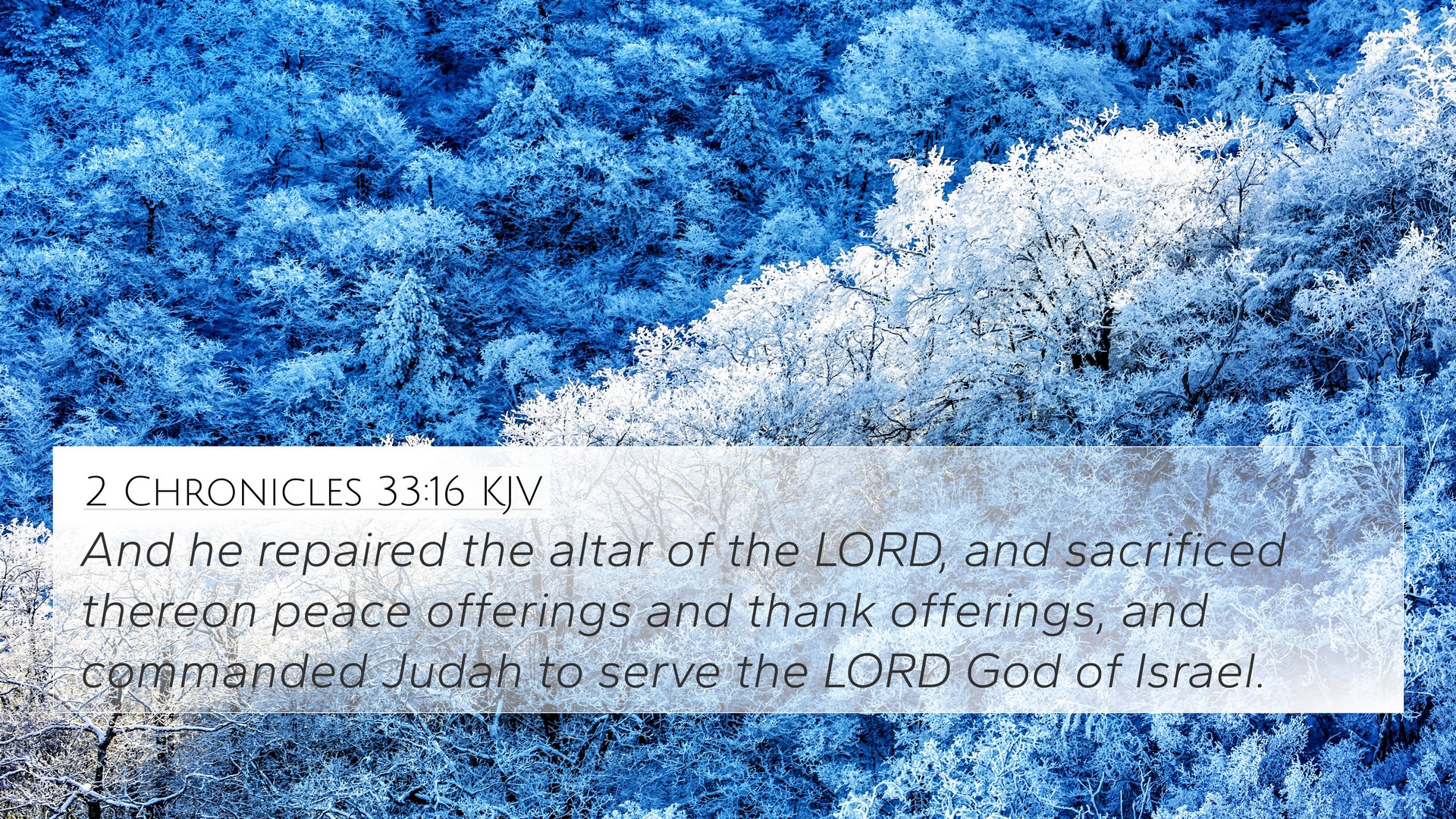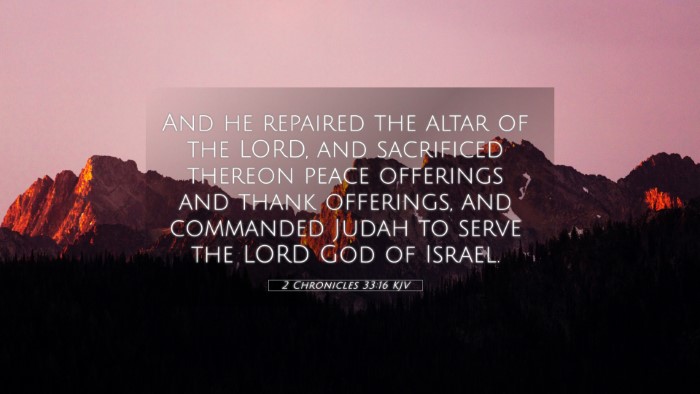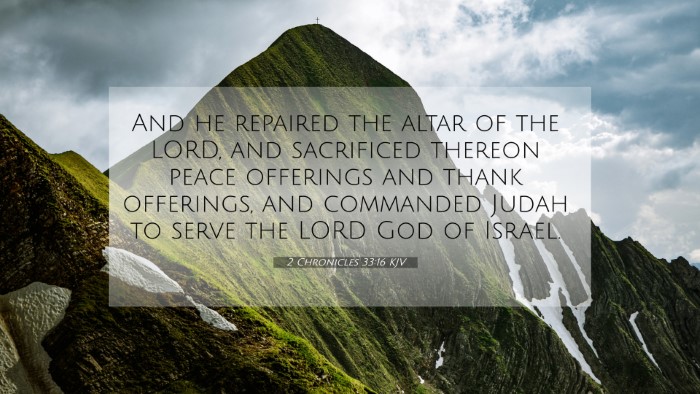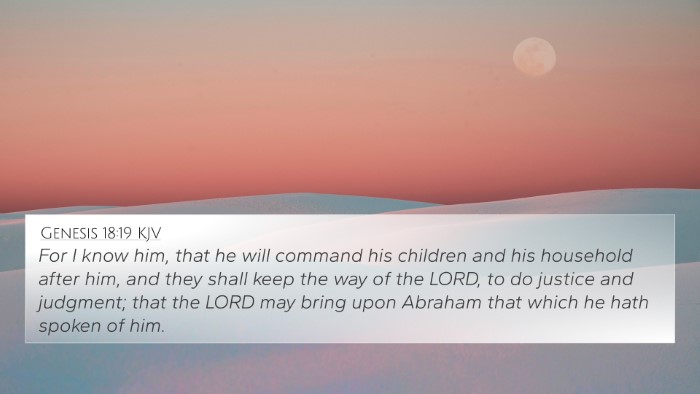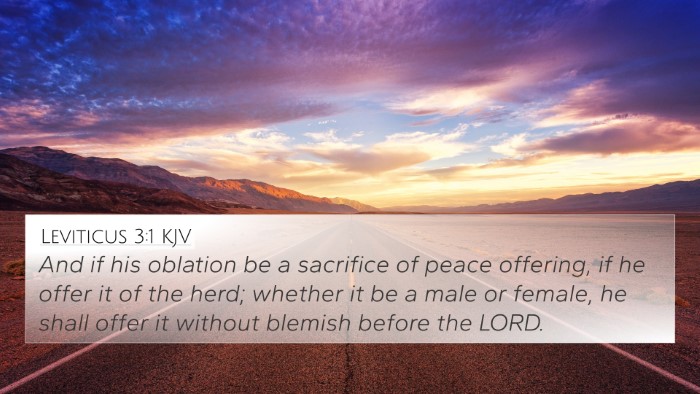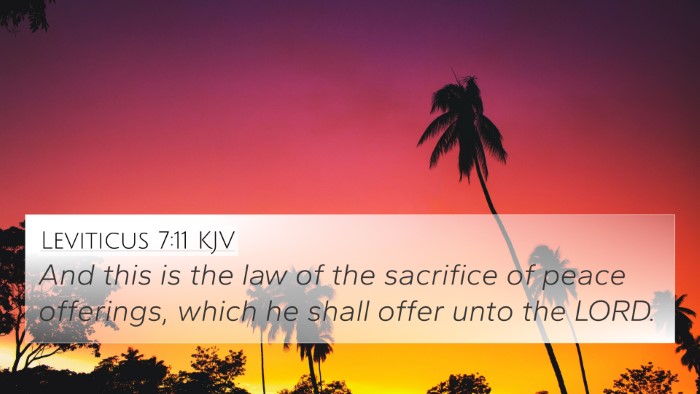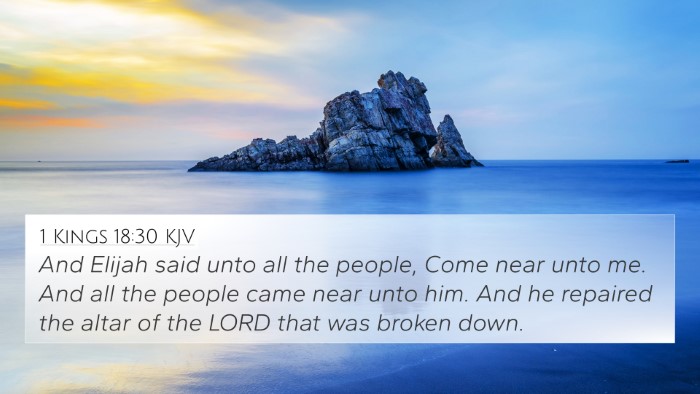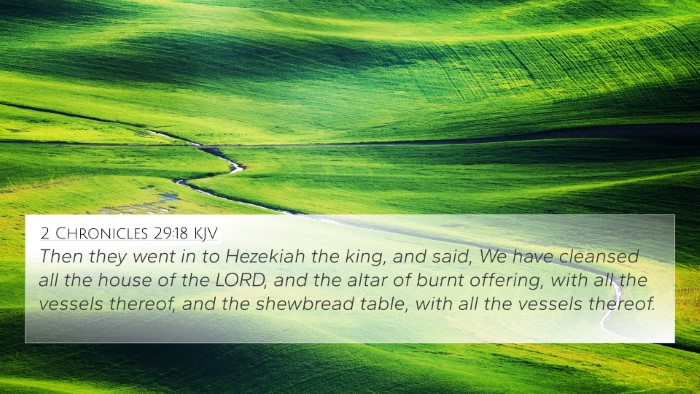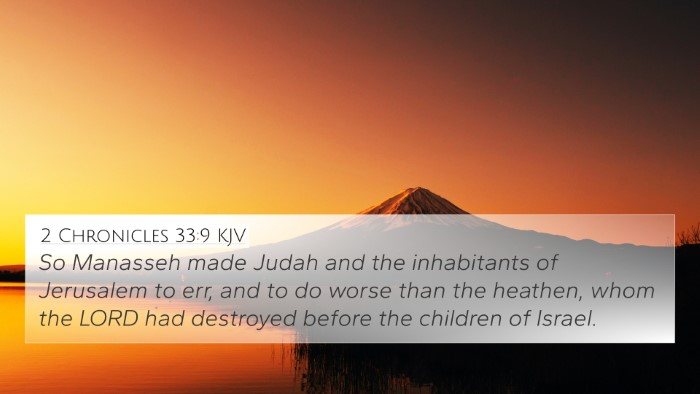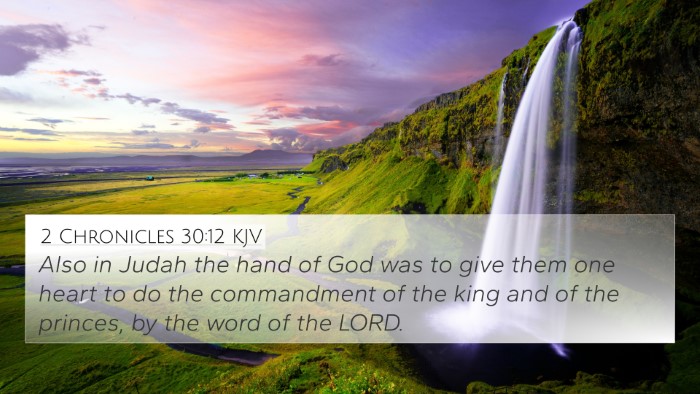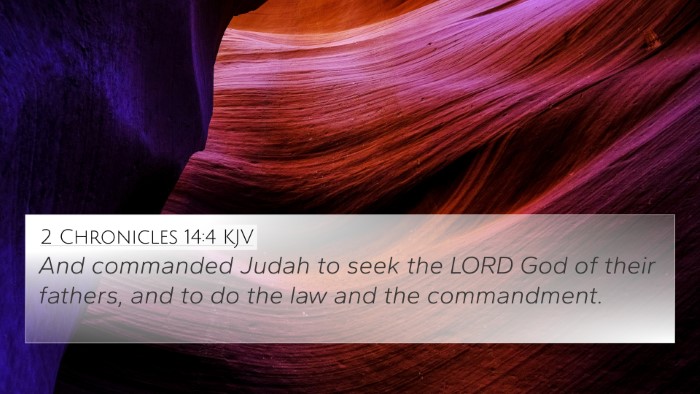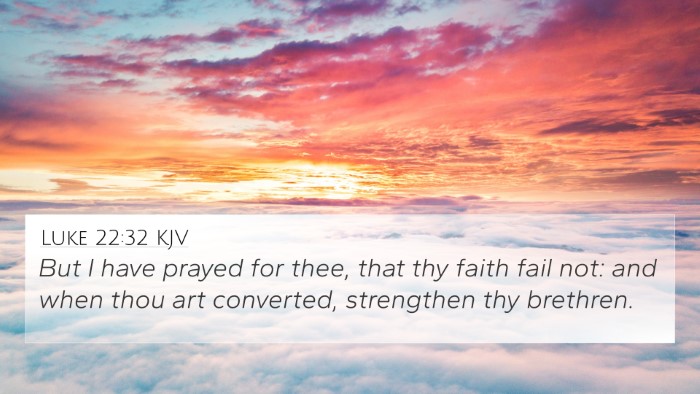Understanding 2 Chronicles 33:16
Verse: "And he restored the altar of the LORD, and sacrificed thereon peace offerings and thank offerings, and commanded Judah to serve the LORD God of Israel."
Meaning and Context
This verse highlights a significant moment in the reign of King Manasseh, who is known for his initial wickedness and later for his repentance and restoration of true worship. The restoration of the altar indicates a return to genuine worship and a desire to reconnect with God after years of idolatry.
Insights from Public Domain Commentaries
Matthew Henry's Commentary
Matthew Henry emphasizes that Manasseh's actions represent a profound transformation. After his repentance, he took steps to correct the wrongs he had committed. The restoration of the altar signifies the reinstatement of proper worship practices among his people, which had been sorely neglected during his reign of sin and idol worship.
Albert Barnes' Commentary
Albert Barnes provides a detailed analysis of how Manasseh’s repentance led to practical reforms. The verse shows that Manasseh did not merely express remorse but took concrete actions to restore worship to God. Barnes points out that the peace offerings and thank offerings illustrate Manasseh's gratitude for God's mercy and the desire to establish peace with God and his people. This act signifies not only forgiveness but also a renewed commitment to the service of the Lord.
Adam Clarke's Commentary
Adam Clarke notes that this restoration was not just a personal act but a communal one, emphasizing that Manasseh commanded Judah to serve the Lord. This suggests that true repentance involves influencing others to return to faithfulness to God. Clarke emphasizes the importance of leadership in spiritual matters, as Manasseh's actions set a precedent for the people of Judah and encouraged them to turn away from their past sins and idolatry.
Cross-References
This verse connects to several other scriptures that shed light on themes of repentance, restoration, and divine mercy:
- 2 Chronicles 7:14: "If my people, which are called by my name, shall humble themselves, and pray, and seek my face, and turn from their wicked ways..." - This emphasizes the need for humility and repentance among God's people.
- 2 Kings 21:17-18: Discusses Manasseh's prior misdeeds and the consequences of his actions, providing context to his restoration in 2 Chronicles 33:16.
- Isaiah 1:18: "Come now, and let us reason together, saith the LORD..." - A call for repentance and reconciliation with God.
- Luke 15:10: "Likewise, I say unto you, there is joy in the presence of the angels of God over one sinner that repenteth." - Highlights the joy of repentance and restoration.
- Romans 2:4: "Or despisest thou the riches of his goodness and forbearance and longsuffering; not knowing that the goodness of God leadeth thee to repentance?" - Reflects on the patience and mercy of God that leads to repentance.
- 1 John 1:9: "If we confess our sins, he is faithful and just to forgive us our sins..." - Reaffirms the theme of confession and forgiveness.
- Psalms 51:10: "Create in me a clean heart, O God; and renew a right spirit within me." - A heartfelt plea for renewal aligns with Manasseh's desire for restoration.
Thematic Connections
The theme of restoration is prevalent throughout scripture, showing God's willingness to receive back those who repent. The act of restoring the altar can be seen as a physical manifestation of a deeper spiritual reality - the reconciliation between man and God.
Conclusion
In summary, 2 Chronicles 33:16 serves as a powerful reminder of the potential for redemption and the importance of genuine repentance. Through the insights from various commentaries, we learn that true transformation involves both internal change and external action. Manasseh's restoration of the altar not only reflects his personal change but also serves as a catalyst for the spiritual renewal of the people of Judah.
Further Study and Resources
For those interested in deeper study, tools for Bible cross-referencing can enhance understanding. Resources like a bible concordance or a bible cross-reference guide can help identify connections between this and other scriptures, thus enriching one’s study experience.
Providing Depth through Cross-Referencing
To understand the connections between Bible verses better, consider exploring comparative analyses of related verses. Questions like "What verses are related to 2 Chronicles 33:16?" or "How do these themes connect between the Old and New Testaments?" can lead to insightful discoveries.
